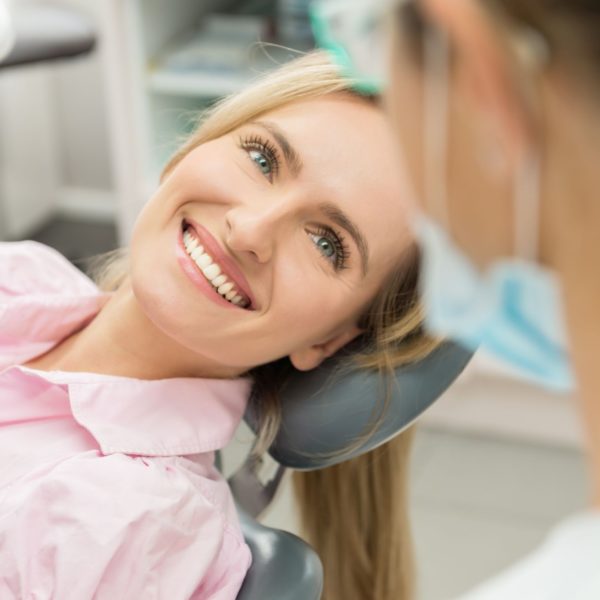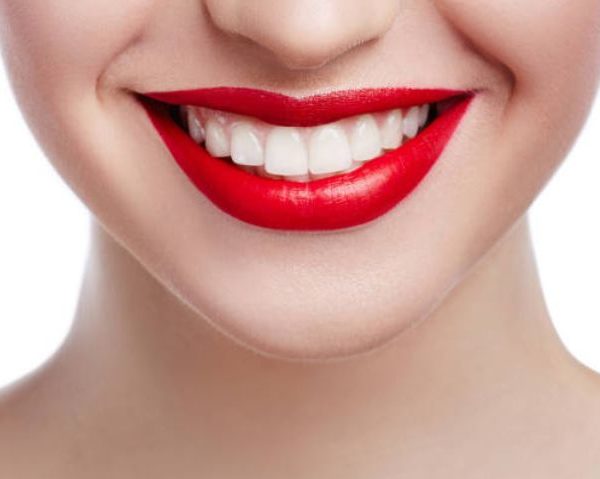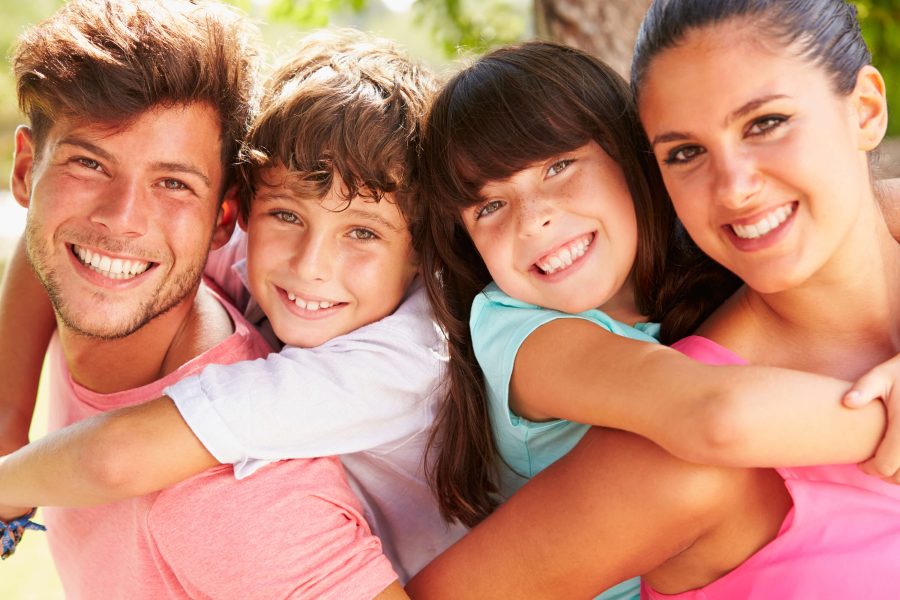Rangoon’s/Yangon’s Chinese Community has always been very rich. Subsequently, they are supporting the Shwedagon Pagoda Trustees with significant amounts of money. They also have two pavilions here on the pagoda platform; the Pavilion of the Chinese Community and the one in front of us, the Chinese Merchants Pavilion. It is home to a collection of Buddha statues of different size and in various postures. These different symbolic postures/gestures i.e. ways of positioning legs, feet, arms, hands and fingers are called mudra, which means in Sanskrit sign or token. There are many mudras but the ten mostly used and important ones are the: Dhyani Mudra (gesture of meditation), Vitarka Mudra (teaching gesture), Darmachakra Mudra (gesture of turning the wheel of teaching), which represents a central moment in the life of Buddha when he preached his first sermon after his Enlightenment, Bhumisparsha Mudra (gesture of touching the earth), Abhaya Mudra (gesture of fearlessness and granting protection), Varada Mudra (gesture of granting wishes), Uttarabhodi Mudra (gesture of supreme enlightenment), Vairochana Mudra (mudra of supreme wisdom), Anjali Mudra (gesture of greeting and veneration) and the Vajrapradama Mudra (gesture of unshakable confidence).
Look to the right and there you see in front of the main stupa located at the right hand side of the Kassapa Adoration Hall, also called Temple of the Kassapa Buddha, statues of Mai La Mu and Thagyamin the king of nats also known as Sakka Deva, king of the celestials. That these two are placed together under a royal umbrella has of course a reason. Here is the story: as legend has it Mai La Mu was born out of a large fruit of the Ma Lu tree (a mangrove species that back then existed here in abundance) and grew into a very beautiful young lady. When Thagyamin saw her from Tavatimsa the heaven of devas he fell in love, came down to earth in the form of a human being and married her. The couple had a boy child that was to become the later King Okkalapa, the founder of the Shwedagon Pagoda.
After having continued a few steps farther north we are now standing between the Kassapa Adoration Hall to our right and the top landing of the Western Stairway to our left.
The pavilion at the upper landing of the west stairway to our left is also called Two Pice Pavilion or Two Pice Tazaung and is one of the 2 ‘Two Pice Pavilions’ on the Shwedagon Pagoda. The name originated from collection points at which pagoda stall owners and Rangoon market stall owners made their daily donation of a ‘Two Pice’ (a coin issued by the Bank of India and used during British colonial times) for the restoration and renovation of Shwedagon Pagoda stairways as well as the pavilions at their lower and upper landings. Here at the western stairway pagoda shop owners and owners of shops on the Theingyi Zay that was built in 1905 in Latha Township, made their daily ‘Two Pice Donation’.
The Western Stairway has like the northern and the western stairway an interesting history. The western stairway leads down to the former Voyle Road, now U Wizara Road, and was damaged during the second Anglo-Burmese war in 1852. From December 1853 to March 1930 it was closed to the public as a means of protection against insurgents.
In 1931 a serious fire that started in one of the stalls at the foot of the western stairway and quickly spread up to the Shwedagon Pagoda complex totally destroyed the stairway and many of the structures on the pagoda platform.
On our right hand side is the Kassapa Adoration Hall or Temple of the Kassapa Buddha.
As the name already suggests, this temple is dedicated to the 27th Buddha, Kassapa. Kassapa Buddha is sitting on a throne in the Bhumisparsha Mudra (gesture of touching the earth) in an illuminated cave the front of which is covered with a glass window. The statue is made of an alloy containing gold, silver, copper, iron and lead, is relatively small and has a neon halo. On the left and right hand site of the cave you can see several Buddha statues of different sizes. These Buddha statues are made of brass.
We are leaving the hall trough the front entrance to continue our Shwedagon pagoda tour.
Here, to the left of the Kassapa Hall you see the Planetary Post for Jupiter. In case one of you is born on a Thursday, this is your place. Again no one? Then let’s continue northwards.
Up there on the right hand side you see the statue of the famous Mon King Okkalapa, the founder of the Shwedagon Pagoda and according to legend son of Mei La Mu and Thagyamin.
He is placed under an umbrella what indicates that he has royal status. By the way, the statues in the many shrines that you see alongside the main stupa are devas (supernatural beings). According to Buddhist belief there are many devas of different classes, the highest class or order being those living in Tavatimsa heaven. They are also called ‘Devas of the Thirty Three’.
To the left is the pavilion with the Buddha Tooth Relic Replica.
We have reached the north-west corner of the main stupa and here you see the Planetary Post for Rahu, the elephant without tasks. Is anyone of you born on a Wednesday afternoon? Not, OK.
Now we move a few steps further into the open space of the terrace in direction of the small octagonal pagoda with the niches in the lower part.
The statues are as you can now clearly see images of sitting Buddhas and images of animals. This Buddha here is accompanied by a naga (snake or serpent). What does this tell you? Right, this is the Saturday Buddha because Saturday born are nagas. When you go around this pagoda you will find that there are 8 niches with 8 Buddhas accompanied by 8 different animals; one for each weekday (Wednesday has two). That is why this pagoda is called the Eight Weekdays Pagoda. Oh, I almost forgot to tell you that according to Burmese Buddhists belief, for example, Wednesday born (elephants) and Saturday born (naga) people get along very well. My wife of 23 years and me are living proof that this is true.
Directly behind the Eight Weekdays Pagoda we have the pavilion with the Maha Ganda Bell (Maha Ganda meaning ‘Great Sound’ in Pali) made of bronze. It was cast by order of the successor and son of King Hsinbyushin, King Singu Min, who ascended to the throne on 09 June 1776, between 1776 and 1778 and donated by him to the Shwedagon Pagoda on 17 January 1779. The bell is 7 feet/2.13 metres high and at the mouth 6.6 feet/2.01 metres wide. The bell’s walls are 1 feet/0.305 metres thick and its total weight is said to be approx. 24 tons.
There is an interesting story about this bell. A story of the kind we will later hear about another bell from the Shwedagon Pagoda. At the end of the first Anglo-Burmese war in 1825 the British had the bell removed from the Shwedagon Pagoda with the intention to move it as a trophy to Calcutta (now Kolkata). But they did not get beyond the intention because the raft they had placed the bell on gave way to the bell’s weight and the bell sank to the bottom of the Rangoon River. That caused them plenty of headaches but all salvage attempts failed. Later the Burmese succeeded in lifting the bell from the bottom of the river. The technique they applied was to give the bell sufficient buoyancy by putting a large number of bamboo sticks in a criss-cross pattern under it. Once the bell was out of the water they re-installed it at its old place at the Shwedagon Pagoda where it is now hanging right in front of us.
This bell provides another chance for good luck for you. If you strike the bell at the band above the lower rim three times for the three Buddhist jewels (Buddha, Dhamma, Sangha) with the end of one of the wooden mallets you see over there on the stand you are supposed to have good fortune. Go and give it a try. Ah, you better wait, I will first show you how to do it properly. Done, did you hear the beautiful sound of the bell when I struck it? This sound comprises three distinct parts. First comes the tone from the impact of the strike, then a prolonged reverberation after the bell is struck and, finally, the decay of the sound when the bell’s vibration slowly dies away. The more precise you hit the bell, the better the tone. OK, now it is your turn.
Well, that was something, wasn’t it? Now that we have had our ‘bell-striking-experience’ and can hope to have good fortune we continue to the Hall of Great Prosperity over there opposite the Maha Ganda Bell.
The Hall of Great Prosperity is used by Buddhist abbots (sayadaws) to lecture Buddha’s teachings to Buddhist monks both from outside and inside the Shwedagon monk community (sangha) and religious ceremonies such as the annually ‘Shwedagon Pagoda Weaving Competition’. This competition is about weaving Buddha robes. It begins on the eve of the Full Moon of Tazaungmon (October/November) and lasts till the other morning. In this night young woman weave against each other in a fair contest. There is no enmity between the contestants and once the shuttles are laid out of hand they will happily celebrate together.
The hall is home to a 30 feet/9 metres high seated Buddha statue, the Chanthar Gyi Buddha Statue. This is the Shwedagon Pagoda’s highest Buddha statue accompanied by 2 more Buddha statues on his right and 2 on his left side.
The hall to the right of the Hall of Great Prosperity is the U Po Thaung Hall. The hall was completed in 1923 and named after the officer of the Rangoon Land Department and Trustee of the Shwedagon Pagoda, U Po Thaung.
Now we walk through the passage between the Maha Ganda bell and the Hall of Great Prosperity in order to get to the north-west corner of the Shwedagon Pagoda platform. Here ‘hidden’ in the corner we see to our left some smaller shrines. This one is the Shin Saw Bu Shrine. The golden Wonder Working Buddha Image that is often adorned with strands of Sabai blossoms and other flowers – in this case Shwe Ban – was donated by Queen Shin Saw Bu and it is said that this Buddha can as the name suggests work wonders and fulfil wishes. Another chance for you to get a wish fulfilled. All you have to do is to join the small group of praying people, say your prayer and make your wish. You do not want to do that? Well, well, well, maybe you are missing the chance of your life. Who knows? You do not want to reconsider your decision? OK, your choice. The Shin Saw Bu Buddha is one of the nine Shwedagon Pagoda wonders.
Over there in the far corner you can see two sacred Banyan or Bodhi trees that are embellished with small flags and flowers on the occasion of Buddhist religious events; today there are no flags. The right one, also called Maha Bodhi Tree, was planted in 1903 and is grown from a cutting of the very Bodhi Tree in northern India under which as Buddhists believe Siddhartha Gautama attained enlightenment (bodhi). This tree is a ‘Ficus’ that belongs to the family of ‘Moraceae’ and is classified as ‘Ficus religiosa’. It is commonly known as ‘Banyan tree’, ‘Bo tree’ or ‘Bodhi tree’ and is a fig tree, more precisely the ‘Indian fig’ tree. The other tree was planted by U Nu who was (with 2 breaks) from 1948 to 1962 Burma’s first Prime Minister.
Now we return to the inner part of the platform and in front of us (behind us the Hall of Great Prosperity) is an open space called Victory Ground or Wish Fulfilling Place. This is the place where kings, princes, generals and soldiers of Mon kingdom armies used to pray with their faces oriented towards the main stupa prior to their going to war what explains the name of this place. That’s why people pray here for success in their ‘wars’.
We now continue eastwards passing the Eleven Shrine Cluster. This is a round shaped complex of 11 smaller shrines. In each shrine guarded by chinthes, nagas, manokthihas and nats is a seated Buddha image. In the centre you can see atop the cluster a golden standing Buddha placed under a golden umbrella (hti shwe).
A few steps further eastwards on the northern part of the platform is now to our left hand side the Buddha’s Footprint Pavilion.
The pavilion is guarded by statues of Thagyamin and home to a larger number of Buddha statues of different sizes and in different mudras both standing and sitting. But the main attraction is the statue of a large seated Buddha in Bhumisparsha Mudra (gesture of touching the earth) but in this case without actually touching the earth. The Buddha’s face and head are looking quite unusual. The shape and expression of the Buddha’s face I would like to describe as somewhat ‘Buddha-unlike’. In front of the Buddha is a Buddha footprint (chidawya) divided into 108 sections as prescribed in the old scriptures and guarded by a naga (serpent), which I think is Muchilinda also called Mucalinda the snake king who sheltered Siddhartha Gautama with his body and hood during the heavy rain and thunder that broke out while he was meditating at the Mucalinda Lake in the sixth week after enlightenment. Muchilinda is sometimes shown multi-headed and sometimes with one head only. The lake is located in front of the Mahabodhi Temple Complex at Bodh Gaya in north India.
We are leaving the Buddha’s Footstep Pavilion through the main entrance located on its southern side and see opposite from us the Zediyingana Society Building.
In the Zediyingana Society Building is a seated Buddha with a moderate neon halo on an artfully carved wooden throne. On either side of him are two larger sitting brass Buddha images with large neon halos.
The building houses one of the Burmese societies responsible for the restoration, repair and maintenance of pagodas. Increasingly old scriptures and plans are used to conduct these works to be authentic. It is said that the society’s library collection consists of some 6.000 books and documents on Buddhism and other Burmese religions as well as on Burmese culture.
A little bit to the right between the Building of the Zediyingana Society and the main stupa you see the Sandawdwin Pagoda also called Hall of Hair Washing, because this is the place where as legend tells the Eight Hairs of Gautama Buddha were washed with the water of a well prior to their being enshrined. The Pagoda’s nucleus was a square shaped with glass mosaic decorated brick shrine that was built over the Hair Relics Well in 1879. The water from the well is said to come directly from the Ayeyawaddy River. Later an open pavilion was built over the pagoda. The pavilion comprises a tired roof that is resting on 12 columns. The pagoda inside of the pavilion is guarded at its four corners at the first level by nagas and the corners of the second level by manokthihas. Gautama Buddha is placed inside the pagoda with another manokthiha guarding the entrance. The story about the merchant brothers Tapussa and Bhallika from Okkala who got the eight hairs from Gautama Buddha and brought them to Okkala to present them to their king Okkalapa you can see depicted in the carvings of the wooden screen.
The Sandawdwin Pagoda is one of the nine wonders of the Shwedagon Pagoda. However, some sources say that the Temple of Dhammazedi and Dhammapala is one of the nine Shwedagon Pagoda wonders and that the Sandawdwin Pagoda is not one of them. So, what is true? I really do not know.
Now we are leaving the Sandawdwin Pagoda and find ourselves standing directly in front of the northern main shrine, the Gautama Buddha Adoration Hall. This hall houses like the other adoration halls several Buddha statues but the main Buddha here is of course that of the present, the 28th Buddha, Siddhartha Gautama Buddha who is placed in an illuminated cave at the back of the hall. The front of the cave is covered with a glass window and Gautama Buddha is in Bhumisparsha Mudra (gesture of touching the earth) sitting on a throne. The statue is relatively small, has a neon halo and is made of an alloy containing gold, silver, copper, iron and lead.
The post in front of us is the Planetary Post for the Venus. This is the place where the Friday born (like my grandson) perform their washing ceremony. You can see the Guinea pig or mole statue there in the floor basin. This is the place where the Friday born (like my grandson) perform their washing ceremony. You can see the Guinea pig or mole statue statue there in the floor basin. Is anyone of our group born on a Friday? No? You are born on a Sunday? You too? Well, in that case you are Garuda birds and your place is right over there at the north-east corner of the main stupa. We will be there soon and then it is your turn with offering, praying, wishing and watering to avoid misfortune and bad luck.




